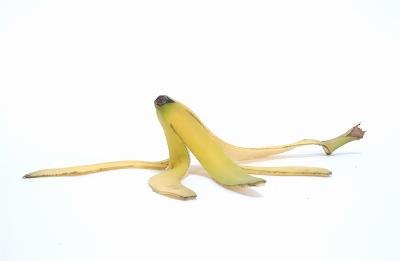I notice that this time of year folks start thinking about the garden... I notice the hits on the previous straw bale gardening articles goes way up and also noticed that they are a little short on photographs of the process. In this blog I will document in words and photos the garden from 2010 where I planted in bales of straw.
I went up to the feed store and picked out 20 straw bales. I arranged them in the pattern you see below. Knowing now what I didn't know then... I'd lay them down on their side instead of standing them up like I did. They become a bit top heavy with plants growing up and holding fruits.

Next, I began the composting process. The recipe I found online called for one cup of 30-0-0 Ammonium Phosphate per bale on day one and 1/4 cup of the same fertilizer each day for 9 more days, followed by a good soaking with the hose. I could NOT find Ammonium Phosphate at any garden store so I settled for Sodium Phosphate (21-0-0) and it did the job just fine. Notice how much darker the sides of the bales are after 10 days of cooking. The insides of the bales have broken down a bit and are soggy and warm.

I took a few of the bales and cut out V grooves in there or dirt and plants... this was completely unnecessary and just bound up my chainsaw... Using a claw gardening tool made a big enough hole for the plant and some added growing material (compost). Again, the pulling out of straw below isn't needed, just a coffee can size hole where your plant will live or sprinkle seeds on top of the bale and cover with dirt and straw works fine too.

Below is where I added soil to the V shapes I cut out. After I planted in the bale, I covered with some of the loose straw and soaked well..

Now it's finally taking form!!! See the happy pepper plants spreading out their roots in their new home!

As you'll see in the photos below it was a very successful adventure. As I said above, if I do this again, I'd turn the bales on the side for added stability. You can see below that some of the bales aren't doing so well with top heavy plants. The cucumbers were alone the fence in the back for climbing. Peas and green beans didn't do well in this growing medium... they are nitrogen fixers and in an already nitrogen rich environment, I didn't enjoy very many peas. Lettuce, cucumber, tomitillo, cilantro, carrots, tomatoes, peppers all did very well.


I hope you find this helpful in your decision on growing in straw bales. It does save the back... but I will admit to growing in the ground the following year... I had to do something with all that composted straw so I pulled all of the twine and tilled it right into the Arizona clay...
Happy Homesteading!!!!
Nance http://homesteaderssupply.blogspot.com/2012/04/straw-bale-gardening-photo-blog.html














 PHOTO CREDIT unknown
PHOTO CREDIT unknown
 Photo credit:Prepper Nana
Photo credit:Prepper Nana Photo Credit: Prepper Nana
Photo Credit: Prepper Nana